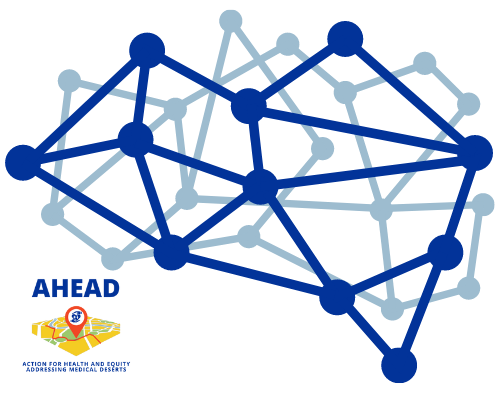This is a map of Serbia by districts (NUTS3 level) showing the number of primary health centres and health centres (Serbian „Dom zdravlja“ and „Zdravstveni centar“) per 100,000 population in 2020, as a possible indicator of healthcare access, colour coded from lights blue (from less than 0.1 to 1) to dark blue (the highest number is almost 5).
This indicator shows the physical availability of a primary health centre or a health centre in the specific district, as one of potential indicators of medical desertification, and might become part of the index for medical desertification which will be formulated throughout research activities, between October 2021 and May 2022.
The districts with the lowest number of primary health centres or health centres per 100,000 people, excluding the capital city of Belgrade (as the size of the population and the size of the health centres available should be taken into account) are Podunavski, Raški, Severnobački, Južnobački, and Nišavski.
The number of primary health centres or health centres per 100,000 people in these districts ranges from 1.64 to 1.96.
Eventually, a mouse-over or clicking on a district will also present additional information about that district, such as the size of the population, it’s demographic composition or the percentage of unmet health needs. Also, information from our in-country research will be included as we go along.
The source of data is the Institute of Public Health of Serbia. Health Statistical Yearbook 2020.
Belgrade: IPHS, 2021.






